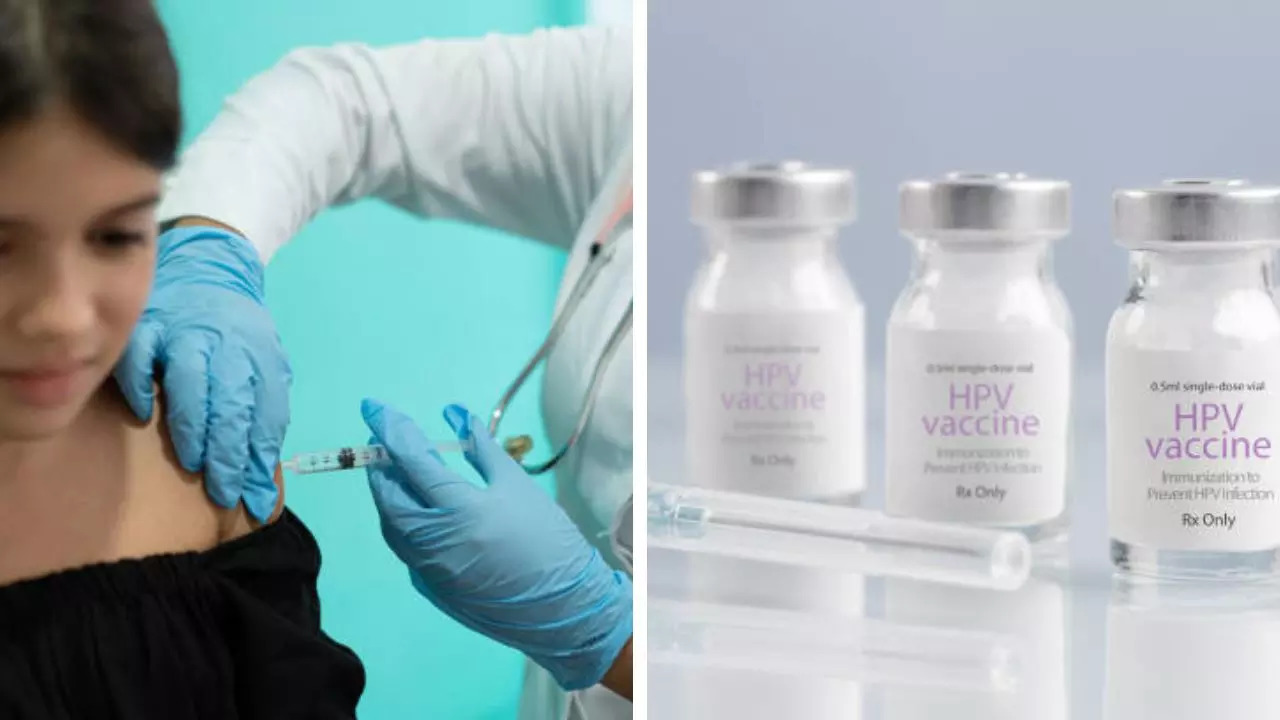Contents
CDC report finds HPV vaccine coverage among US teens has declined since 2020; find out why
According to federal data released by the Centers for Disease Control and Prevention, the percentage of teens getting HPV vaccinations has dropped significantly as of 2020. HPV is a widespread sexually transmitted infection that infects about 13 million Americans each year. The CDC says nearly everyone will be infected with HPV at some point in their lives. Read on to find out why.

This vaccine offers protection against certain cancers caused by HPV infection — a common STI that can cause cervical cancer
New federal data show that the percentage of teens in the United States who were up to date on their human papillomavirus, or HPV, vaccines has fallen dramatically since 2020. The Centers for Disease Control and Prevention currently recommends two doses of the HPV vaccine for children through age 11, given six to 12 months apart, even though they have been eligible to get the lifesaving vaccine since age 9.
Experts say the vaccine protects against certain cancers caused by HPV infection — a common STI that can cause cervical cancer and cancers affecting the vagina, vulva, penis, anus and throat. The vaccine can also protect against genital warts. The CDC says anyone under the age of 26 can get the HPV vaccine as long as they haven’t been fully vaccinated. People ages 15-26 who haven’t gotten the HPV vaccine typically need three doses to be fully vaccinated.
The C.D.C.’s report looked at data from the 2023 National Immunization Survey – Teen – a set of phone surveys monitoring vaccination coverage among teens. Similar surveys are also conducted for children and adults.
The survey followed trends in coverage by birth year, and by eligibility for the Children’s Immunization Program, a federally funded program that provides vaccines to children whose parents or guardians cannot afford them.
Why did the vaccination percentage decrease?
According to the report, apart from meningococcal ACWY vaccine, vaccination coverage for tetanus, diphtheria, and acellular pertussis vaccine (Tdap) was generally stable during the COVID-19 pandemic.
However, among youth born in 2010, there has been a significant drop in the percentage of youth who received HPV vaccination by the age of 13, compared to youth born in 2007. According to experts, more than 50 percent of those who were not eligible for VFC had received HPV vaccination by the age of 13. In comparison, only 48.7 percent of ineligible teens born in 2010 had received HPV vaccination by the age of 13.
“The decline in the percentage of VFC-eligible adolescents with HPV may indicate a shift in access to immunization through the VFC program, a shift that needs further exploration,” the report states. “This possibility underscores the importance of ongoing efforts to ensure equitable access to immunization services for all children and adolescents,” it adds.
What is HPV?
The Cleveland Clinic says HPV is a very common virus that affects many different parts of your body. There are more than 100 types of the deadly virus, including HPV strains that cause warts on your hands and feet. More than 30 strains also attack your genitals, including the vulva, vagina, cervix, penis and scrotum, in addition to the rectum and anus.
According to experts, HPV also spreads as a sexually transmitted infection that spreads through skin-to-skin contact, causing warts in the genital areas. Some types of HPV cause cervical cancer – one of the most common and deadliest cancers that can be fatal if not diagnosed on time.
The federal health agency says HPV causes about 40,000 cases of cancer in both men and women each year in the U.S. However, according to the American Cancer Society, HPV vaccination can prevent more than 90 percent of cancers when given at the recommended age.
Get the latest news on Times Now as well as breaking news and top headlines from across health and the world.


